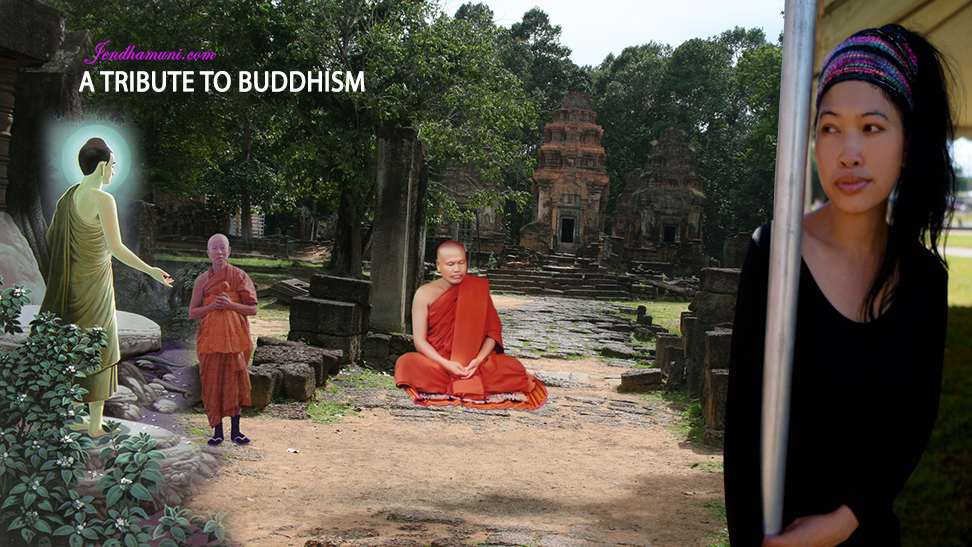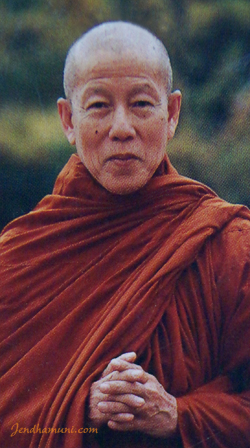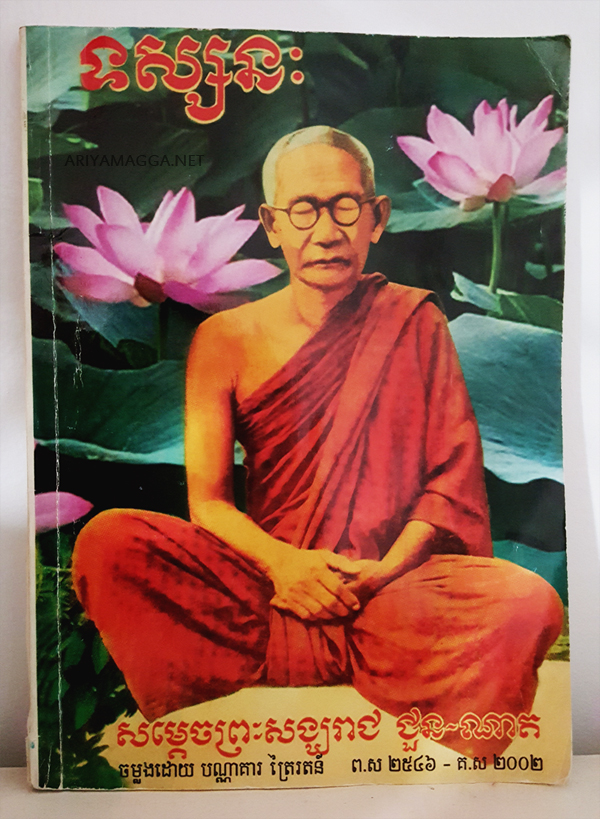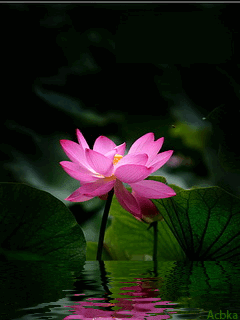-
Comment September 14, 2014
-
Benefits of Washing Clothes by Hand and Line-Drying
Comment September 14, 2014
Photo source: onegoodthingbyjillee.com 1. It saves you money on electricity/gas since you only use your own kinetic energy (muscles) and the power of the sun and wind.
2. It is gentler on your clothing. Where do you think lint comes from? Lint is clothing fibers that have come off from a combination of heat and friction.
3. The clothes come out cleaner. I know you probably won’t believe me until you try it yourself; but my whites are whiter, and stains are less noticeable (probably a mixture of the sun and being able to see which clothes need a little extra attention).
4. You don’t need as much laundry detergent or water.
5. Laundry detergent is more effectively rinsed out – I use to line dry after using the washing machine, with the same homemade powdered laundry detergent, and they dried harder than when hand washing, due to soap residue. With washing clothes by hand I can tell when the rinse water is running clear, making sure the majority of detergent has been removed.
6. No need for ironing!!! Since line drying I haven’t had a problem with wrinkles, and washing clothes by hand allows me to make sure clothes are hung to dry as soon as they are clean.
7. You don’t need to buy as many clothes; you only need 3 pairs if you wash every other day. I know, you are shocked a woman is saying this, but trust me, I love to shop just as much as the next person, but I love spending my money on higher priorities like paying bills, eating at a gourmet restaurant, buying organic food, and taking a vacation. Try satisfying your shopping addiction with window shopping (don’t bring the cards, cash, or checkbook), filling your clothing board on pinterest, or creating new outfits out of the clothes you already own.
8. You get a quick arm workout.
9. The sun’s solar rays a natural sanitizer.
Source: Cleaning Out the Clutter
By Krista Davis, May 30, 2013
Link source -
This is the beginning of a new day…
1 September 14, 2014This is the beginning of a new day. You have been given this day
to use as you will. You can waste it or use it for good. What you do
today is important because you are exchanging a day of your life for it.
When tomorrow comes, this day will be gone forever; in its place
is something that you have left behind… let it be something good.~Author Unknown
-
The beauty of Mother Earth
209 September 14, 2014Reminding you to smile. Still so busy!
When we recognize the virtues,
the talent, the beauty of Mother Earth,
something is born in us, some kind
of connection; love is born.~Thich Nhat Hanh
http://leelavadeeflower.blogspot.com/2014/09/reminding-you-to-smile.html
-
Someone out there
174 September 13, 2014Before you feel sad, remember that someone out there in this world doesn't even have a cell phone to read this message. Begin your day by reminding yourself how lucky you are to be sipping a hot cup of coffee or tea and living a life worth living. Source: princesswithapen
http://leelavadeeflower.blogspot.com/2014/09/someone-out-there.html
-
They are very poor, but they live honorably and with dignity
111 September 13, 2014Beautiful and honest people in my homeland, Cambodia
Friendship is bond of two characters and Hearts. We aren't regarded as friend unless we know each other in depth as far as we can , or else this would just be limited within Physical World i.e. hello & hi.~Rajendra Ojha
http://kimedia.blogspot.com/2014/09/thank-you-samdach-hun-sen.html
-
African elephant
Comment September 13, 2014Extinction risk: Vulnerable
By World Wild Life“The conservation gains made for African elephants, one of the most
iconic African species, are being seriously jeopardized by poaching to
fuel the demand for ivory.” Matthew Lewis, African Species ExpertThe African elephant is the largest animal walking the Earth. Their herds wander through 37 countries in Africa. They are easily recognized by their trunk that is used for communication and handling objects. And their large ears allow them to radiate excess heat. Upper incisor teeth develop into tusks in African elephants and grow throughout their lifetime. There are two subspecies of African elephants—the Savanna (or bush) elephant and the Forest elephant. Savanna elephants are larger than forest elephants, and their tusks curve outwards. In addition to being smaller, forest elephants are darker and their tusks are straighter and point downward. There are also differences in the size and shape of the skull and skeleton between the two subspecies.
Forest elephants, a distinct subspecies of African elephants, are uniquely adapted to the forest habitat of the Congo Basin, but are in sharp decline due to poaching for the international ivory trade. It is estimated that probably one quarter to one third of the total African elephant population is made up of forest elephants.
Why they matter
The presence of African elephants helps to maintain suitable habitats for many other species. In central African forests, up to 30 percent of tree species may require elephants to help with dispersal and germination. They play a pivotal role in shaping their habitat because of the enormous impact they have on factors ranging from fresh water to forest cover.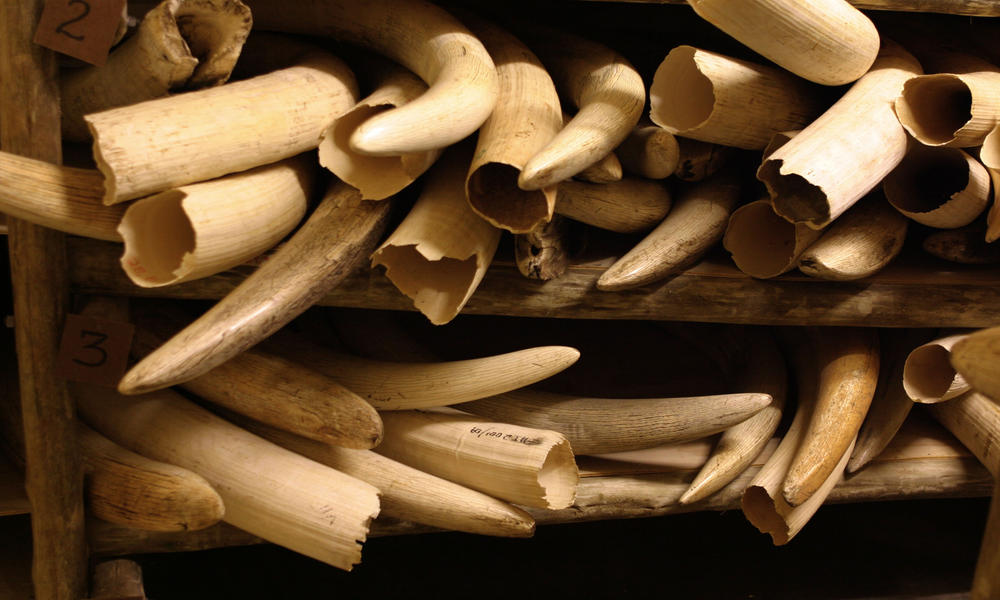
Confiscated ivory. Threats
Numbering three to five million in the last century, African elephant populations were severely reduced to its current levels because of hunting. In the 1980s, an estimated 100,000 elephants were killed each year and up to 80% of herds were lost in some regions. In recent years, growing demand for ivory, particularly from Asia, has led to a surge in poaching. Populations of elephants—especially in southern and eastern Africa—that once showed promising signs of recovery could be at risk due to the recent surge in poaching for the illegal ivory trade.Habitat Loss and Fragmentation
African elephants have less room to roam than ever before as expanding human populations convert land for agriculture, settlements and developments. The elephants’ range shrank from three million square miles in 1979 to just over one million square miles in 2007. Commercial logging, plantations for biofuels and extractive industries like logging and mining not only destroy habitat but also open access to remote elephant forests for poachers. Poverty, armed conflict and the displacement of people by civil conflict also add to habitat loss and fragmentation. All of these push elephants into smaller islands of protected areas and hinder elephants’ freedom to roam.As habitats contract and human populations expand, people and elephants are increasingly coming into contact with each other. Where farms border elephant habitat or cross elephant migration corridors, damage to crops and villages can become commonplace. This often leads to conflicts that elephants invariably lose. But loss of life can occur on both sides, as people may be trampled while trying to protect their livelihoods, and game guards often shoot “problem” elephants.
Illegal wildlife trade
The illegal demand for ivory is the biggest driver of elephant poaching. Despite a global CITES ban on international sales of ivory since 1990, tens of thousands of elephants are killed to meet a growing demand for ivory products in the Far East. Asia stands behind a steadily increasing trend in illegal ivory and there are still thriving domestic ivory markets in Africa. Limited resources combined with remote and inaccessible elephant habitats make it difficult for governments to monitor and protect elephant herds. The impacts of war and over-exploitation of natural resources often lead to increased poaching as elephants are also regarded as source of wild meat. 2011 saw the highest volume of illegal ivory seized since global records began in 1989.What is WWF is doing

Ivory confiscated in Gabon. Building on 50 years of experience, WWF addresses illegal hunting for meat and ivory, habitat loss, and human-elephant conflict to protect African elephant populations.
Fighting illegal wildlife trade
To reduce the illegal trade in elephant products, WWF supports antipoaching efforts within and around protected areas. We also work to establish new protected areas to provide safe havens for elephants. We work with TRAFFIC, the world’s largest wildlife trade monitoring network, to assess trends in the illegal trade in elephant products. This includes implementing the CITES Elephant Trade Information System (ETIS) which monitors and tracks elephant ivory seizures.Protecting and managing habitats
To reduce the illegal killing of elephants through improved protection and management, WWF equips and trains law enforcement teams so they can conduct regular and effective antipoaching patrols. We help establish new protected areas within elephant ranges and improve management effectiveness within existing protected areas.WWF helps governments produce and adopt elephant conservation strategies, allowing them to survey, and manage elephant populations and to implement the CITES system for Monitoring the Illegal Killing of Elephants (MIKE). We facilitate training in elephant conservation and management techniques and help update and enforce legislation to protect elephants. WWF has helped train park guards, villagers and communities in elephant conservation and management. In Quirimbas National Park, Mozambique, WWF worked with the local government and community to establish a park management system that would protect wildlife and livelihoods. WWF also develops and supports community-based wildlife management plans that contribute to elephant conservation while providing benefits to local people.
Mitigating Conflict
To increase public support for elephant conservation by reducing conflict, WWF trains wildlife managers and local communities to use modern methods and tools to mitigate human-elephant conflict. In places like the Selous Game Reserve in Tanzania, WWF monitors interactions between humans and elephants and works with local communities to develop sustainable practices of mitigating conflict with elephants.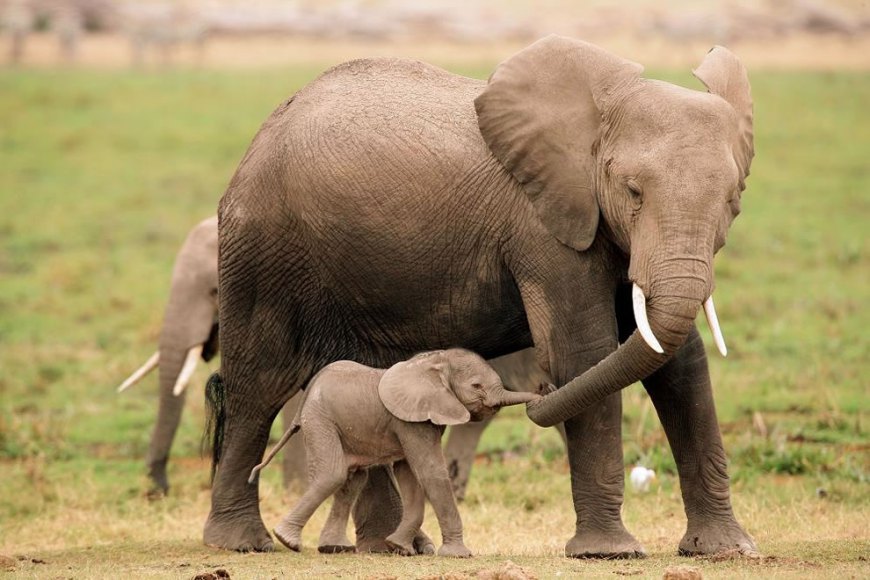
Photo source -
Rare elephant footprints
16 September 13, 2014Here is an interesting fact about the elephants' feet
Each elephant foot has 5 toes, but not every toe has a nail. An easy way to tell the two African elephant species apart is by counting toenails. The African forest elephant and the Asian elephant both have 5 toenails on the front feet and 4 on the back feet. The larger African bush elephant has 4 or sometimes 5 on the front feet and 3 on the back. An X-ray of an elephant’s foot will reveal that its bones are actually standing on tip-toe. Their feet are flat because of a large pad of gristle under each heel which acts as a shock absorber and helps them walk quietly. Their legs are much straighter than those of other animals and support their weight so well that elephants sleep while standing. Elephants spend most of their lives walking huge distances, and their feet are suitably adapted to such a lifestyle. Zoos which keep elephants often find they develop foot problems due to a lack of constant walking, and treatments include tailored shoes to protect their softened feet.Source: ListVerse, by Kate Mulcahy
-
Extinction risk for African elephant is Vulnerable
121 September 13, 2014Numbering three to five million in the last century, African elephant populations were severely reduced to its current levels because of hunting. In the 1980s, an estimated 100,000 elephants were killed each year and up to 80% of herds were lost in some regions. In recent years, growing demand for ivory, particularly from Asia, has led to a surge in poaching. Populations of elephants—especially in southern and eastern Africa—that once showed promising signs of recovery could be at risk due to the recent surge in poaching for the illegal ivory trade.
African elephants have less room to roam than ever before as expanding human populations convert land for agriculture, settlements and developments. The elephants’ range shrank from three million square miles in 1979 to just over one million square miles in 2007.
The African elephant is the largest animal walking the Earth. Their herds wander through 37 countries in Africa. They are easily recognized by their trunk that is used for communication and handling objects. And their large ears allow them to radiate excess heat.
Source: World Wild Life
Read full story
http://leelavadeeflower.blogspot.com/2014/09/african-elephant.html -
Stop waiting…
Comment September 13, 2014Stop waiting until you finish school,
until you go back to school,
until you lose ten pounds,
until you gain ten pounds,
until you have kids,
until your kids leave the house,
until you start work,
until you retire,
until you get married,
until you get divorced,
until Friday night,
until Sunday morning,
until you get a new car or home,
until your car or home is paid off,
until spring, until summer, until fall, until winter,
until you are off welfare,
until the first or fifteenth,
until your song comes on,
until you’ve had a drink,
until you’ve sobered up,
until you die,
until you are born again
to decide that there is no better time than right now to be happy…Author Unknown

